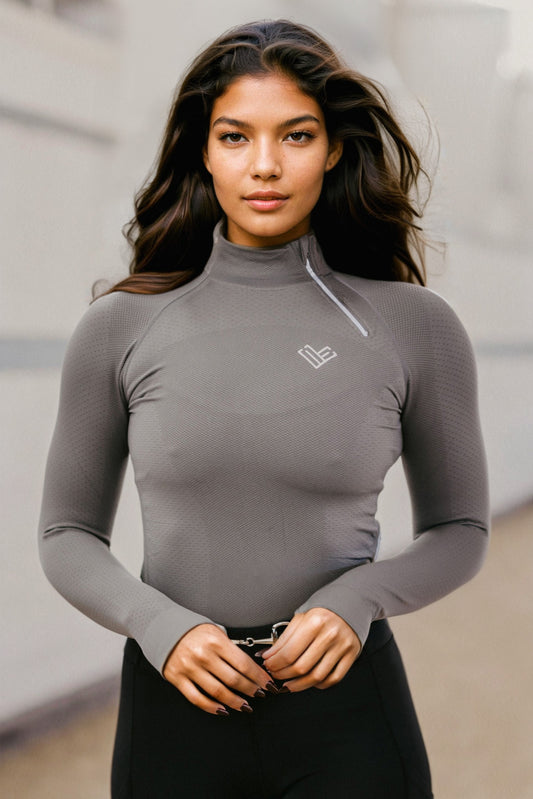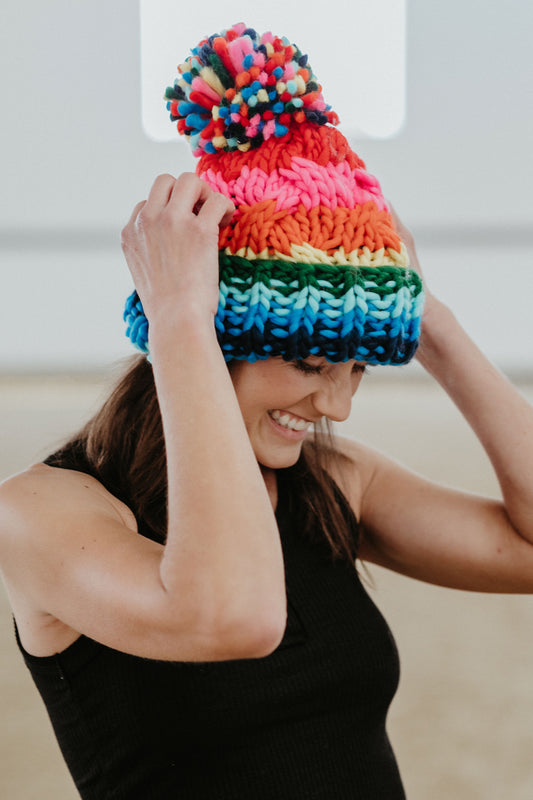Understanding Equestrian Fashion Through the Seasons
Equestrian fashion is more than just a statement of style—it's a functional necessity that protects riders from the elements while ensuring they can perform at their best. Each season brings its own challenges, with varying climates requiring different approaches to equestrian attire. From the sweltering heat of summer to the biting cold of winter, let's explore the seasonal equestrian fashion essentials for every climate.
Spring: The Transition Season
Spring riding often involves unpredictable weather, with chilly mornings and warmer afternoons. Layering is key during this season. Riders can start with a breathable base layer that wicks away moisture, followed by a lightweight, long-sleeve shirt for sun protection. A versatile vest or light jacket that can easily be removed is crucial as temperatures fluctuate throughout the day. As for the lower body, full-seat or knee-patch breeches with some stretch will provide comfort and control in the saddle.
Summer: Beating the Heat
In the summer months, the focus is on staying cool and protecting the skin from harmful UV rays. Lightweight, technical fabrics that offer ventilation and quick-drying capabilities are ideal. Short-sleeved or sleeveless tops are popular choices, often featuring mesh panels for extra airflow. For headwear, a well-ventilated helmet is a must, and riders may choose to use a helmet visor for added sun protection. Lower body wear consists of light-colored breeches to reflect the sun's heat, paired with breathable socks and ventilated boots or half-chaps.
Fall: Embracing the Cool Down
As the heat dissipates, equestrians can enjoy crisp rides surrounded by fall foliage. Mid-layers come into play as temperatures start to drop. Quarter-zip pullovers made from fleece or wool blends offer warmth without restricting movement. Riding jackets with wind and water-resistant properties are also useful. It is also advisable to wear gloves to keep hands warm and ensure a steady grip on the reins. Breeches made from heavier fabric or with a fleece lining can provide extra warmth for the legs.
Winter: Combating the Cold
Winter demands the most attention to equestrian attire to ensure the rider's safety and warmth. A thermal base layer is essential to maintain body heat. The outer layer should consist of a heavy-duty insulated jacket designed for equestrian activities, which typically include gussets for freedom of movement and strategic padding for comfort during long rides. For extreme cold, heated vests or jackets may be utilized. Waterproof and insulated riding boots will keep feet warm and dry, while thermal breeches with silicone grips improve contact with the saddle under slippery conditions.
Wet Climates: Staying Dry in the Saddle
Rain can be a constant in some climates, and staying dry becomes the prime concern for riders. Waterproof jackets and pants are the staples to this kind of environment, often made of materials that allow for breathability to prevent overheating. Riding boots with a watertight finish will repel moisture, while water-resistant gloves will aid in maintaining a secure grip on the reins. Rain covers for helmets are also practical accessories to consider for riding in wet conditions.
Desert Climates: Desert Durability
Riding in desert climates introduces the dual challenges of extreme heat and intense sun exposure. Long sleeve shirts with UPF protection paired with wide-brimmed hats or helmet visors are necessary to protect the skin. Breeches should be light-colored and made from moisture-wicking materials to encourage cooling. Riders might also benefit from cooling vests that can be worn underneath their shirts. Eye protection is also a critical component, with UV-blocking sunglasses shielding the rider’s vision from the glare of the sun.
Adapting Equestrian Fashion with Technology
The incorporation of modern materials and technologies has revolutionized equestrian fashion. From moisture-wicking fabrics to advanced thermal insulation, riders now have a variety of options to keep them comfortable and protected, regardless of the climate. The key is to choose gear that not only provides seasonal functionality but also preserves freedom of movement for effective riding. No matter the weather, with the right attire, equestrians can focus on the thrill of the ride and the bond with their horse.
Shop Wonder Equestrian








